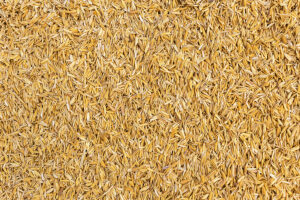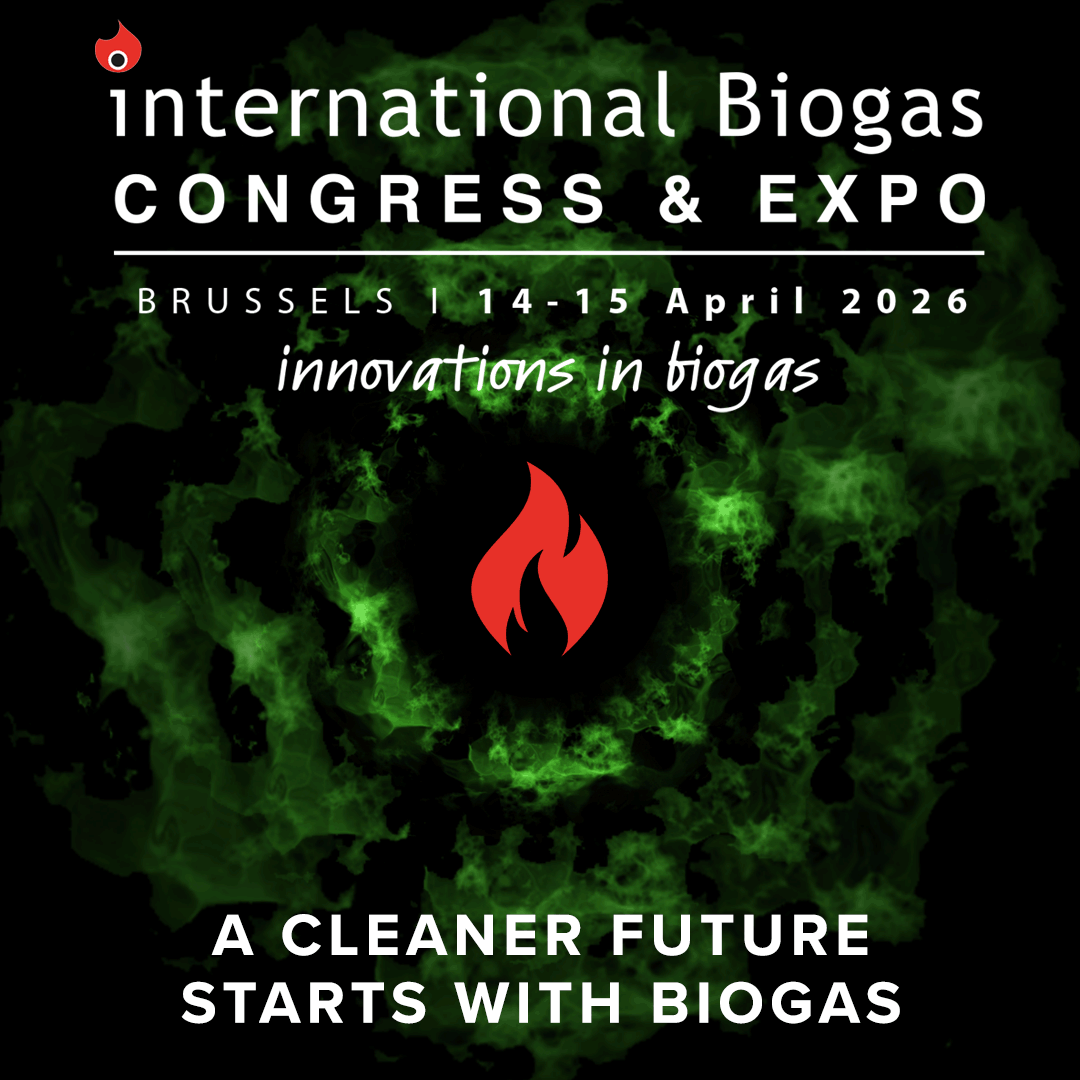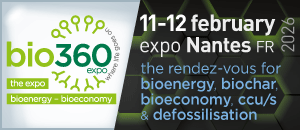Biomass waste can tackle industrial water pollution, research finds

A study published in Environmental Science and Pollution Research has revealed that torrefied rice husks and de-oiled cashew nut shell cake - both by-products of agricultural processing - can efficiently remove hazardous textile dyes from wastewater.
The research, conducted by Subraja Suriyakumar and Hari Mahalingam from in collaboration with Ruben D. Sudhakar, positions biomass as a powerful material for environmental remediation.
Through a process known as torrefaction - a form of mild thermal treatment - the surface structure of the biomass was enhanced, increasing its porosity and adsorption potential.
The team tested both the torrefied materials and their ashes as adsorbents for Reactive Violet 5, a common azo dye widely used in the textile industry and known for its toxicity and persistence in water.
Laboratory tests showed that torrefied rice husk achieved the highest dye removal capacity at 108.58 milligrams per gram, surpassing other biomass-derived adsorbents.
The adsorption process proved to be spontaneous, feasible and exothermic, aligning well with established Freundlich and Langmuir isotherm models and following a pseudo-second-order kinetic pattern.
The findings highlight the remarkable versatility of biomass as an eco-friendly and circular solution for industrial wastewater treatment.
By repurposing agricultural residues that would otherwise go to waste, the study points towards scalable and sustainable alternatives to conventional chemical treatments.















